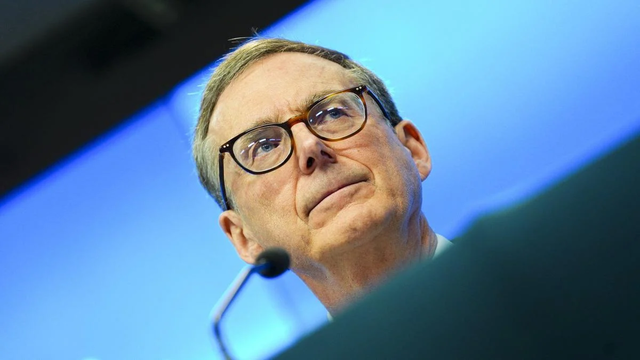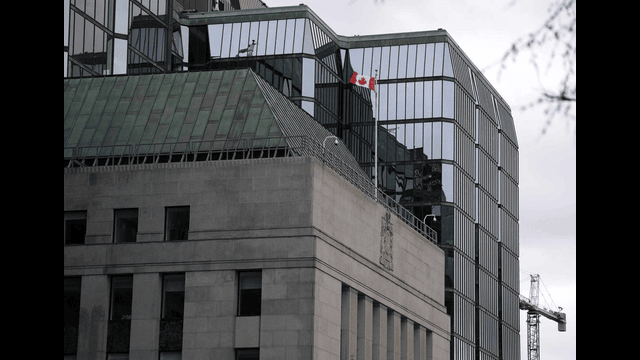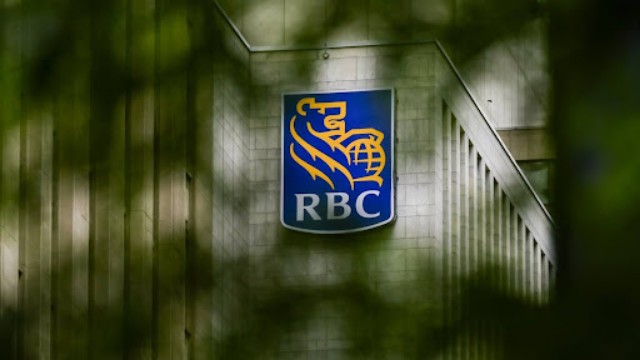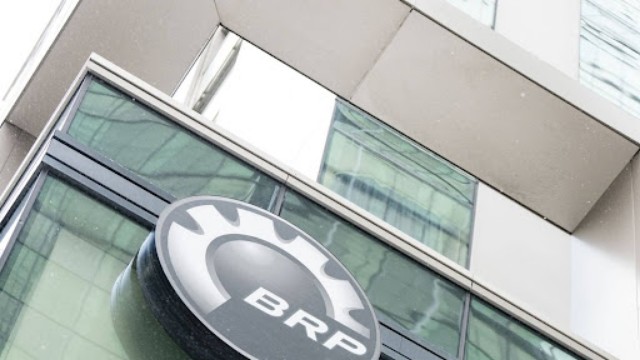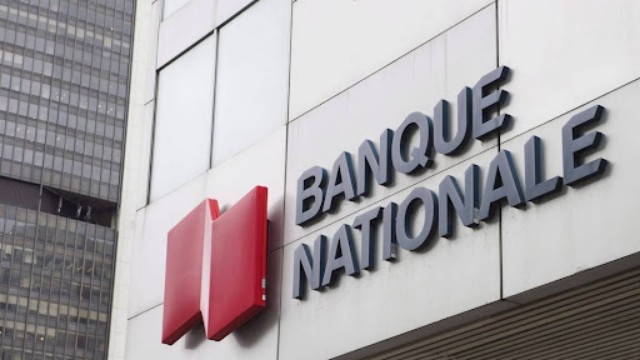
President Donald Trump froze nearly all federal grants and loans.Chip Somodevilla/Getty Images
Investors are on edge as Liberation Day, set for April 2, nears. As the year's first quarter ends on a rocky note, analysts warn of more financial pain in the months ahead, three months of market volatility. Inflation concerns, recession fears, and trade war tensions have shaken confidence, pushing major indexes into correction territory.
Analysts Predict More Market Volatility nearing Liberation Day
Market experts are lowering their forecasts as uncertainty grows. Veteran analyst Ed Yardeni slashed his S&P 500 year-end target to 6,100, citing the economic impact of Trump’s aggressive tariff policies. Similarly, Goldman Sachs adjusted its three-month S&P 500 target to 5,300, predicting a potential 5% decline.
Meanwhile, CEO confidence is slipping, and consumer sentiment has hit multi-year lows, making economic forecasting even more difficult. Deutsche Bank warns that investors should prepare for three key risks in the coming quarter.
How Will Countries React to U.S. Tariffs?
April 2nd, which President Trump has dubbed "Liberation Day," marks the rollout of new U.S. tariffs on countries deemed to have unfair trade practices. The scope of these tariffs has already caused market swings, with the S&P 500 rallying and crashing in response to shifting expectations.
Financial institutions like Goldman Sachs have warned that tariff rates may exceed market predictions, particularly if the U.S. raises them further in response to foreign retaliation. A full-scale trade war escalation is one of the biggest risks facing the economy.
However, some analysts believe that stability could return if the tariff situation becomes more predictable. According to Deutsche Bank, investors don’t necessarily need tariffs to disappear—they just need clarity on what to expect moving forward.
Will Consumers Pull Back on Spending?
Consumer confidence has plummeted to a four-year low, but actual economic data remains strong. Job reports indicate steady employment, and indicators like credit card spending and air travel are holding up.
However, there’s growing concern that low consumer sentiment could lead to a decline in spending. If this happens, recession fears could resurface, dealing another blow to the stock market.
Yardeni warns that consumer spending could hold up in the short term but weaken later in the year. Shoppers may rush to buy goods before tariffs push prices higher, temporarily boosting economic activity. But once that spending wave subsides, economic weakness could follow.
Market watchers will be keeping a close eye on March payroll data, which will be released on April 4th. According to BofA strategist Michael Hartnett, a report showing fewer than 100,000 new jobs would indicate a hard economic landing, likely triggering another stock market drop.
Is Inflation Here to Stay?
Recent inflation data has rattled investors, as prices are rising faster than expected. Yardeni raised his inflation forecast to 3.0% to 4.0% for the year, signaling that the fight against rising costs may not be over.
The Federal Reserve now faces a difficult balancing act. Slower growth and higher inflation could lead to stagflation, one of the most challenging economic scenarios.
However, there is a potential silver lining. Deutsche Bank suggests that market-based inflation expectations are now higher, making it easier for inflation reports to surprise on the downside. Historically, lower-than-expected inflation data has led to major stock market rallies, as investors anticipate more interest rate cuts from the Fed.
As the second quarter begins, markets remain on edge. Investors will be watching closely to see how these key risks unfold.






